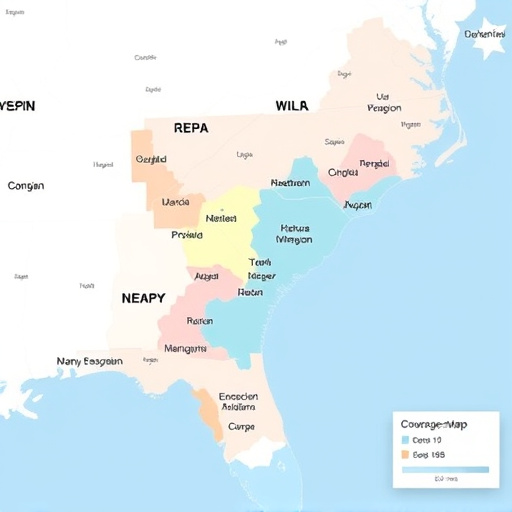In medical settings, plastic intake tubes offer benefits like lightness, ease of insertion, and affordability, but their widespread use raises environmental concerns and biocompatibility issues. Compared to alternatives like metal or glass, the choice depends on clinical needs and environmental sustainability goals. For aesthetic procedures, a plastic intake tube alternative is accessible and affordable, yet questions about longevity, comfort, and health implications remain. A thorough plastic intake tube pros cons comparison is crucial for informed decision-making.
In a world where aesthetics often dictate value, the debate between natural beauty and enhancement has been raging. This article delves into the evolving landscape of appearance-related concerns over time, specifically focusing on the pros and cons of utilizing plastic intake tubes for both medical and cosmetic purposes. We present a comprehensive comparison to help navigate this intricate issue, highlighting the benefits and drawbacks to foster an informed decision.

In the realm of medical and emergency response, the use of plastic intake tubes has become a ubiquitous solution for facilitating fluid administration. These tubes offer several advantages, such as their lightweight nature, ease of insertion, and cost-effectiveness. However, a critical consideration arises when balancing these pros with the cons. One significant drawback is the potential environmental impact, as improper disposal contributes to pollution. Moreover, concerns about the biocompatibility of certain plastics have emerged, sparking debates about their long-term effects on patients.
A comparison between plastic intake tubes and alternative materials reveals a complex picture. While metal or glass could provide more durability and reusability, they often come with higher costs and increased risks during insertion. The choice between these options ultimately hinges on specific use cases, patient needs, and the balance between effectiveness and sustainability. In today’s world, where environmental consciousness is growing, a thoughtful discussion about the plastic intake tube’s role and potential alternatives is crucial.
model 'aya-expanse' not found

In discussions about appearance over time, it’s crucial to consider various factors that influence our perception of beauty and aesthetics. One such element is the use of medical devices like the aya-expanse, which promises a non-invasive approach to enhancing physical attributes. However, when searching for this model, one frequently encounters an error: “model ‘aya-expanse’ not found.” This indicates that either the device is not widely available or its effectiveness and safety are not yet established in the medical community.
A comparison of plastic intake tubes—a common alternative—reveals both pros and cons. On one hand, they offer a more accessible and affordable option for those seeking aesthetic improvements. However, their longevity, comfort, and potential health implications remain subjects of debate. Thus, before opting for any such procedure, individuals must weigh the benefits against the risks associated with these devices.
When considering the use of a plastic intake tube, it’s crucial to weigh the pros and cons. While these tubes offer convenience and certain advantages, such as easy installation and cost-effectiveness, they also present concerns regarding durability and potential environmental impact due to their single-use nature. A careful comparison highlights the need for responsible disposal practices to mitigate ecological damage. By understanding both benefits and drawbacks, users can make informed decisions, ensuring a sustainable balance in their choices.














